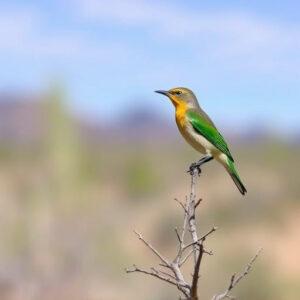Kino Springs in southern Arizona is a premier birding destination, especially for those seeking to observe and photograph rare Neotropic Cormorants. The area's freshwater springs and ponds attract diverse bird species, providing an immersive experience for ornithologists and nature lovers alike. Birders can document courtship rituals and feeding habits up close, while photographers capture the beauty of these feathered friends in their natural habitat, with optimal conditions during early mornings and late afternoons.
“Discover a hidden gem for both birding enthusiasts and nature photographers in Southern Arizona’s heart—Kino Springs Ponds. This desert oasis attracts an array of waterbirds, including the captivating Neotropic Cormorants, drawing visitors from afar. With its serene setting and abundant wildlife, Kino Springs offers a unique birding experience. Learn how these ponds become a haven for birds and master the art of capturing their beauty through photography, making each visit to this natural wonder a memorable one.”
- Neotropic Cormorants: Southern Arizona's Aquatic Feathered Stars
- Kino Springs Ponds: A Birder's Paradise in the Desert
- Attracting Waterbirds: The Role of Ponds and Strategies for Photographers
- Capturing Beauty: Best Practices for Photography at Kino Springs
Neotropic Cormorants: Southern Arizona's Aquatic Feathered Stars
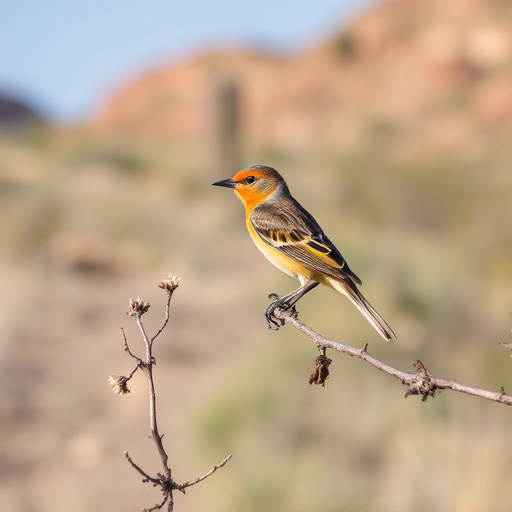
Neotropic Cormorants, a sight to behold for birding enthusiasts in southern Arizona, are aquatic feathered stars that captivate visitors with their distinctive beauty and behavior. These elegant birds, scientifically known as Nannoscelis leuconota, are a species of cormorant found throughout the Americas, but their presence in southern Arizona makes them a rare treat for local and visiting ornithologists. With their striking black plumage, white patches on the wings, and vibrant orange feet, they stand out against the serene backdrop of Kino Springs ponds.
The Neotropic Cormorants’ habitat preference for freshwater springs and ponds attracts photographers and birding enthusiasts alike. They are skilled divers, often seen plunging into the water in pursuit of fish, their powerful wings propelling them with agility. These birds have adapted well to the unique environment of southern Arizona, offering birders an opportunity to observe their captivating courtship rituals and feeding habits up close. The presence of these feathered stars adds a vibrant dimension to the birding scene in the region, making Kino Springs ponds a sought-after destination for those interested in exploring the diverse wildlife that calls southern Arizona home.
Kino Springs Ponds: A Birder's Paradise in the Desert
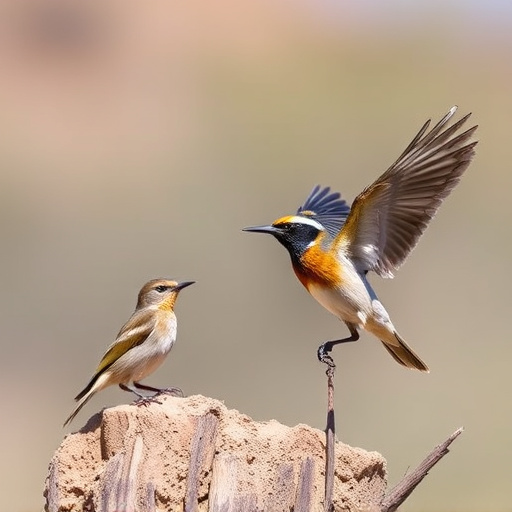
Kino Springs Ponds, nestled in the heart of southern Arizona’s desert landscape, stand as a vibrant oasis for bird enthusiasts and nature photographers alike. This unique ecological site offers a diverse range of bird species, making it a true birder’s paradise. In terms of birding in southern Arizona, these ponds are a hidden gem that attract both local and visiting ornithologists eager to capture the Neotropic Cormorants and other feathered friends that frequent its waters.
The pristine springs and surrounding wetlands provide a crucial habitat for a variety of migratory birds, making Kino Springs Ponds an ideal location for observing and photographing rare and beautiful species. Whether you’re an avid birder or simply appreciate the natural world, these ponds offer a tranquil escape from the desert heat, where you can immerse yourself in the symphony of bird calls and witness the dance of wings in this out-of-the-way desert haven.
Attracting Waterbirds: The Role of Ponds and Strategies for Photographers
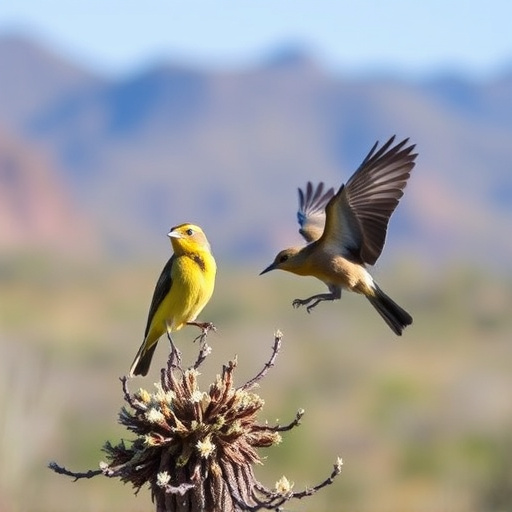
Kino Springs, nestled in southern Arizona, has become a hotspot for birding enthusiasts and photographers alike, thanks to its strategically placed ponds that attract an array of waterbirds. These natural bodies of water serve as vital habitats, drawing in species like the Neotropic Cormorant, making it a paradise for photography. Birder and photographer partnership is a powerful combination, as these individuals often contribute to each other’s experiences—photographers capturing stunning images while birders document species diversity and behavior.
For photographers, the challenge lies in understanding waterbird behavior and using strategic positioning to capture unique moments. Timing is key; photographers should aim to arrive early or stay until dusk when birds are most active. Additionally, utilizing hidden spots or blind boxes can provide a photographer with an advantage, allowing them to capture images of waterbirds unaware and unperturbed by their presence. The ponds at Kino Springs offer diverse landscapes, from shallow edges to deeper waters, providing photographers with various compositions and opportunities to showcase the beauty of these feathered creatures in their natural habitat.
Capturing Beauty: Best Practices for Photography at Kino Springs
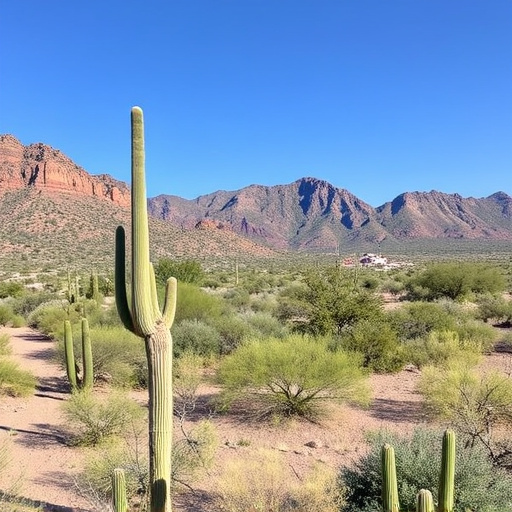
Kino Springs, nestled in southern Arizona, is a vibrant tapestry for birders and nature enthusiasts alike, offering unique opportunities to capture breathtaking images of Neotropic Cormorants and other feathered friends during their migration. For photographers looking to showcase the area’s natural beauty, here are some best practices tailored to the diverse landscape of Kino Springs:
When planning your visit, consider seasonal changes that impact bird behavior and light conditions. Early mornings and late afternoons often provide softer, warmer lighting ideal for photography. Additionally, birds tend to be more active during these times, creating dynamic scenes. For birding in southern Arizona, understanding migration patterns will help you anticipate the best moments to capture the Neotropic Cormorants in their natural habitat. Equip yourself with a telephoto lens to zoom in on these aquatic birds without disturbing them, ensuring sharp and detailed images.
Kino Springs ponds truly stand out as a haven for birding in southern Arizona, drawing photographers and nature enthusiasts alike to capture the stunning Neotropic Cormorants and other waterbirds. By understanding the role of these strategic ponds and employing best practices for photography, visitors can enhance their experience and create lasting memories of this unique natural tapestry.
